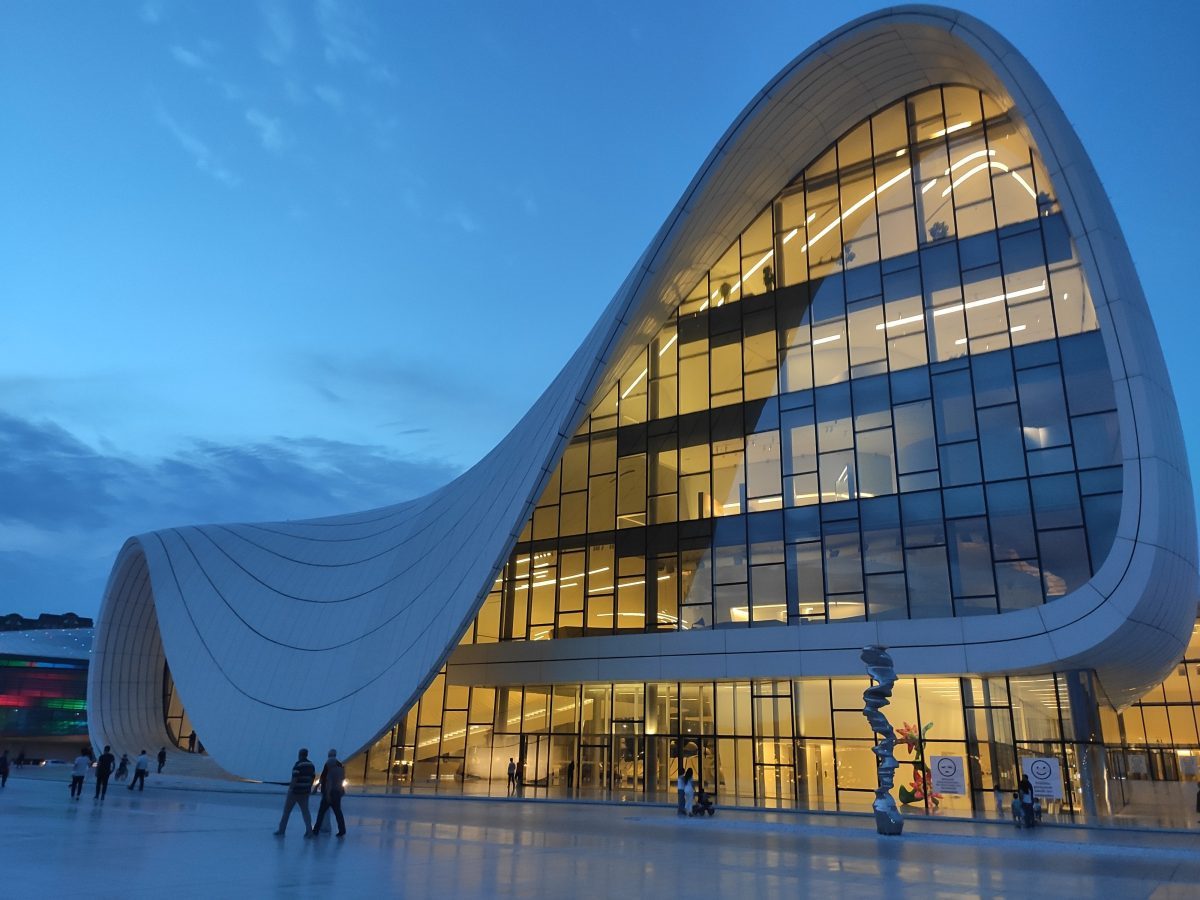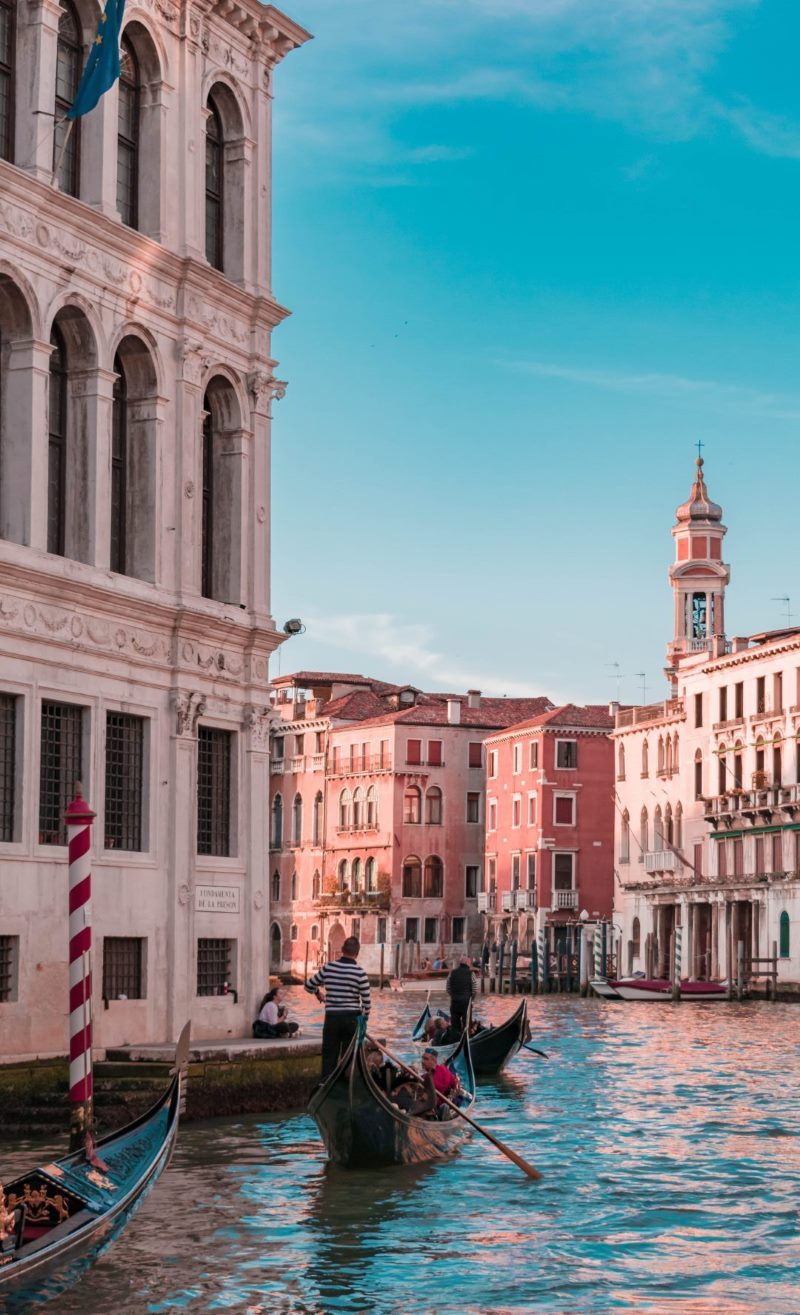How to Plan Your Tea Ceremony Experience in Kyoto
If you’re planning a trip to Kyoto, Japan, and are looking for an authentic cultural experience, you won’t want to miss out on the opportunity to participate in a traditional Japanese tea ceremony. This centuries-old ritual is a unique and special event that offers participants an opportunity to immerse themselves in the world of matcha and gain a deeper understanding of Kyoto’s culture. To help you plan your Tea Ceremony Experience in Kyoto, we have put together this helpful guide. In this guide, we will tell you everything you need to know to plan your visit, from what to expect during the ceremony to how to book your tour.Experience
During the Tea Ceremony Experience tour, participants will get to enjoy the flavor sensation of locally produced sweets and matcha grown in Kyoto. You’ll learn everything about the intricate aspects of the tea ceremony, from utensils to room layout. The event takes place in a traditional Kyoto tearoom and includes a personal instructor/host to guide you through the process.Highlights
The highlights of the Tea Ceremony Experience in Kyoto include: – Enjoying the flavor sensation of locally produced sweets and matcha grown in Kyoto – Learning the basics of making the perfect bowl of matcha with help from your host – Immersing yourself in the world of matcha in a traditional Kyoto tearoom – Gaining a deeper understanding of Kyoto’s culture through a tea ceremony – Discovering the intricate aspects of the tea ceremony, from utensils to room layoutFull description
The Tea Ceremony Experience includes matcha, traditional seasonal sweets, and tea-making utensils. Participants will also have a personal instructor/host to guide them through the process. The tour also includes hotel pickup and drop-off, but does not include meals or kimono rentals. During the tea ceremony, participants will learn about the history and meaning of the ritual, as well as the specific steps involved in making and drinking matcha. The ceremony itself is both graceful and meditative, with each movement precisely choreographed to create a harmonious whole. After the ceremony, participants will have an opportunity to try their own hand at making a bowl of frothy matcha with guidance from their host. This hands-on experience is a unique opportunity to learn the techniques and tricks of the trade from a master.How to Book Your Tour
If you’re interested in booking the Tea Ceremony Experience in Kyoto, you can do so online at https://www.getyourguide.com/activity/-t441136?partner_id=UWJ1LS2. Book the tour here and make sure to reserve your spot early, as spaces fill up quickly. You’ll need to provide your name, contact information, and payment details in order to secure your booking. Once you’ve made your reservation, you’ll receive a confirmation email with all the details you need to know about your Tea Ceremony Experience in Kyoto.Book Your Tour Now
The Tea Ceremony Experience in Kyoto is a unique and special event that offers participants an opportunity to immerse themselves in the world of matcha and gain a deeper understanding of Kyoto’s culture. We hope this guide has been helpful in planning your visit and that you have a memorable and enjoyable experience during your time in Kyoto.
FAQ about Kyoto
1. What is Kyoto known for?
Kyoto is known as the cultural and historical heart of Japan, as it was the country’s capital for over a thousand years. It’s also known for its traditional architecture, beautiful gardens, and numerous temples and shrines. Kyoto is also famous for its delicious cuisine, including traditional dishes like kaiseki and sushi.2. What’s the best time to visit Kyoto?
The best time to visit Kyoto is during the spring (March – May) or the fall (September – November) when the weather is mild and the natural scenery is breathtaking. The cherry blossoms in the spring and the autumn foliage are particularly beautiful during these seasons. However, keep in mind that these are also the busiest times of the year, so expect crowds and make sure to book your accommodation and transportation in advance.3. What are the must-visit attractions in Kyoto?
Kyoto has numerous must-visit attractions, including:a. Fushimi Inari Taisha
Fushimi Inari Taisha is a Shinto shrine famous for its thousands of torii gates that form a path up the mountain. It’s a beautiful and serene place to explore, and the climb to the top of the mountain offers breathtaking views.b. Kiyomizu-dera
Kiyomizu-dera is a Buddhist temple that’s over 1,200 years old. It’s known for its stunning architecture and its location on the side of a mountain, which provides spectacular views of the city.c. Arashiyama
Arashiyama is a district on the outskirts of Kyoto that’s famous for its bamboo groves, scenic river, and traditional Japanese gardens. It’s a great place to escape the hustle and bustle of the city and enjoy some peace and quiet.d. Gion
Gion is a historic district in Kyoto known for its traditional architecture and geisha culture. It’s a great place to stroll around and take in the atmosphere, and there are plenty of shops, restaurants, and teahouses to explore.4. What’s the best way to get around Kyoto?
The best way to get around Kyoto is by public transportation, specifically by bus and subway. Kyoto has an extensive network of buses and subways that can take you to all the major attractions and neighborhoods. You can buy day passes for both the buses and subways, which are a great value if you’re planning on doing a lot of sightseeing.5. What’s the food culture like in Kyoto?
Kyoto is famous for its traditional cuisine, which is often characterized by its delicate and refined flavors. Some of the most popular dishes in Kyoto include:a. Kaiseki
Kaiseki is a traditional multicourse meal that’s often served in high-end restaurants. It typically consists of small, delicately prepared dishes made with seasonal ingredients.b. Sushi
Kyoto is known for its high-quality sushi, which is often made with locally caught fish and prepared with great care and attention to detail.c. Yudofu
Yudofu is a simple and comforting dish made with boiled tofu, often served with dipping sauce and condiments.6. What are some cultural practices to be aware of in Kyoto?
Kyoto is a city with a rich cultural heritage, and there are certain practices and customs that visitors should be aware of to show respect and appreciation for the local culture. These include:a. Removing your shoes
It’s customary to remove your shoes when entering someone’s home, a temple, or a traditional restaurant.b. Bowing
Bowing is a common form of greeting and showing respect in Japanese culture, so it’s a good idea to bow when meeting someone for the first time or in a formal setting.c. Respecting temple and shrine etiquette
When visiting temples and shrines, it’s important to show respect and follow the rules. This can include not taking photos in certain areas, not touching or standing on sacred objects, and dressing appropriately.7. What’s the nightlife like in Kyoto?
Kyoto is known more for its culture and history than its nightlife, but there are still plenty of options for a night out. Some popular nightlife destinations in Kyoto include:a. Pontocho
Pontocho is a narrow street in the heart of Kyoto’s Gion district that’s lined with traditional teahouses and restaurants. It’s a great place to experience the geisha culture and enjoy some traditional Japanese nightlife.b. Bars and Izakayas
Kyoto has a growing bar and izakaya scene, with plenty of places to enjoy a drink and some snacks with friends.c. Nighttime Illumination
Some of Kyoto’s temples and shrines offer nighttime illumination during certain times of the year, which can be a beautiful and atmospheric experience.8. What’s the weather like in Kyoto?
Kyoto has a humid subtropical climate with four distinct seasons. Summers are hot and humid, with highs in the mid-30s Celsius. Winters are cold, with occasional snowfall and temperatures occasionally dropping below freezing. Spring and fall are mild and pleasant, with temperatures ranging from 10-25 degrees Celsius.9. What are some tips for traveling to Kyoto?
Some tips for traveling to Kyoto include:a. Book accommodation in advance
Kyoto is a popular tourist destination, so it’s a good idea to book your accommodation well in advance to ensure availability and good prices.b. Wear comfortable shoes
Kyoto is a city that’s best explored on foot, so it’s important to wear comfortable shoes to avoid getting tired or sore feet.c. Learn some basic Japanese phrases
While many people in Kyoto speak English, it’s always helpful to learn some basic Japanese phrases to show respect and make communication easier.d. Bring cash
While most places in Kyoto accept credit cards, it’s still a good idea to bring some cash for smaller transactions, especially at traditional shops and restaurants.
How to Spend Your Time as a Tourist in Kyoto
Kyoto, a city located in the central part of Japan, is one of the most popular tourist destinations in the world, known for its historical landmarks, beautiful temples, and gardens. There are numerous things to see and do in Kyoto, so it’s important to plan your itinerary carefully. In this article, we will discuss how to spend your time as a tourist in Kyoto, providing information about the top attractions, foods, and activities.1. Explore the Top Attractions in Kyoto
When planning your itinerary, be sure to include some of the top attractions in Kyoto. These include:i. Kinkakuji (Golden Pavilion)
Kinkakuji, also known as the Golden Pavilion, is a Zen Buddhist temple that is covered entirely in gold leaf. The temple is located in northern Kyoto and is one of the city’s most famous landmarks.ii. Fushimi Inari-taisha Shrine
Fushimi Inari-taisha Shrine is a Shinto shrine located at the base of Mount Inari. The shrine is famous for its torii gates, which form a beautiful path up the mountain.iii. Kiyomizu-dera Temple
Kiyomizu-dera Temple is a Buddhist temple that is famous for its beautiful views of Kyoto. The temple is located on a hillside and features a large wooden stage that is built without nails.iv. Arashiyama Bamboo Grove
Arashiyama Bamboo Grove is a beautiful bamboo forest in western Kyoto. The sound of the wind passing through the bamboo is said to be therapeutic.v. Nijo Castle
Nijo Castle is a UNESCO World Heritage Site that was built in 1603 as the residence of the first shogun of the Edo period. The castle features beautiful gardens and is famous for its “nightingale floors,” which creak to warn of intruders.2. Try Local Foods in Kyoto
Kyoto is known for its traditional cuisine, which features a variety of fresh ingredients and creative preparations. Some of the must-try foods in Kyoto include:i. Kaiseki Ryori
Kaiseki Ryori is a traditional Japanese meal that typically consists of several courses, each prepared with fresh, seasonal ingredients. The meal is typically presented as a work of art and is designed to showcase the beauty of Japanese cuisine.ii. Yudofu
Yudofu is a traditional Kyoto dish that consists of boiled tofu served in a hot pot of broth. The dish is simple but delicious and is a popular winter food in Kyoto.iii. Soba
Soba is a type of Japanese noodle that is made from buckwheat flour. In Kyoto, soba is typically served cold with a dipping sauce on the side.iv. Matcha
Matcha is a type of powdered green tea that is famous in Kyoto. The tea is prepared by whisking the powder with hot water until it forms a frothy mixture.3. Partake in Traditional Japanese Activities
Kyoto offers numerous opportunities to experience traditional Japanese activities. Some of the activities you can participate in include:i. Tea Ceremony
The Japanese tea ceremony, also known as the Way of Tea, is a traditional Japanese cultural activity that involves the ceremonial preparation and presentation of matcha.ii. Kimono Dressing
In Kyoto, you can rent a traditional Japanese kimono and have it professionally dressed. Wearing a kimono is a great way to experience Japanese culture and take some beautiful photos.iii. Zen Meditation
Zen meditation is a practice that originated in Japan and is closely associated with Zen Buddhism. In Kyoto, you can participate in a meditation session led by a Zen master.iv. Calligraphy
Japanese calligraphy, also known as shodo, is a traditional Japanese art form that involves the writing of Japanese characters with a brush and ink. In Kyoto, you can take a calligraphy class and learn this beautiful art form.Book Your Tour Now
Kyoto is a beautiful city with a rich history and culture. By exploring the top attractions, trying local foods, and partaking in traditional activities, you can get the most out of your visit to Kyoto. Be sure to plan your itinerary carefully and leave plenty of time to experience all that this amazing city has to offer.Table of Contents

